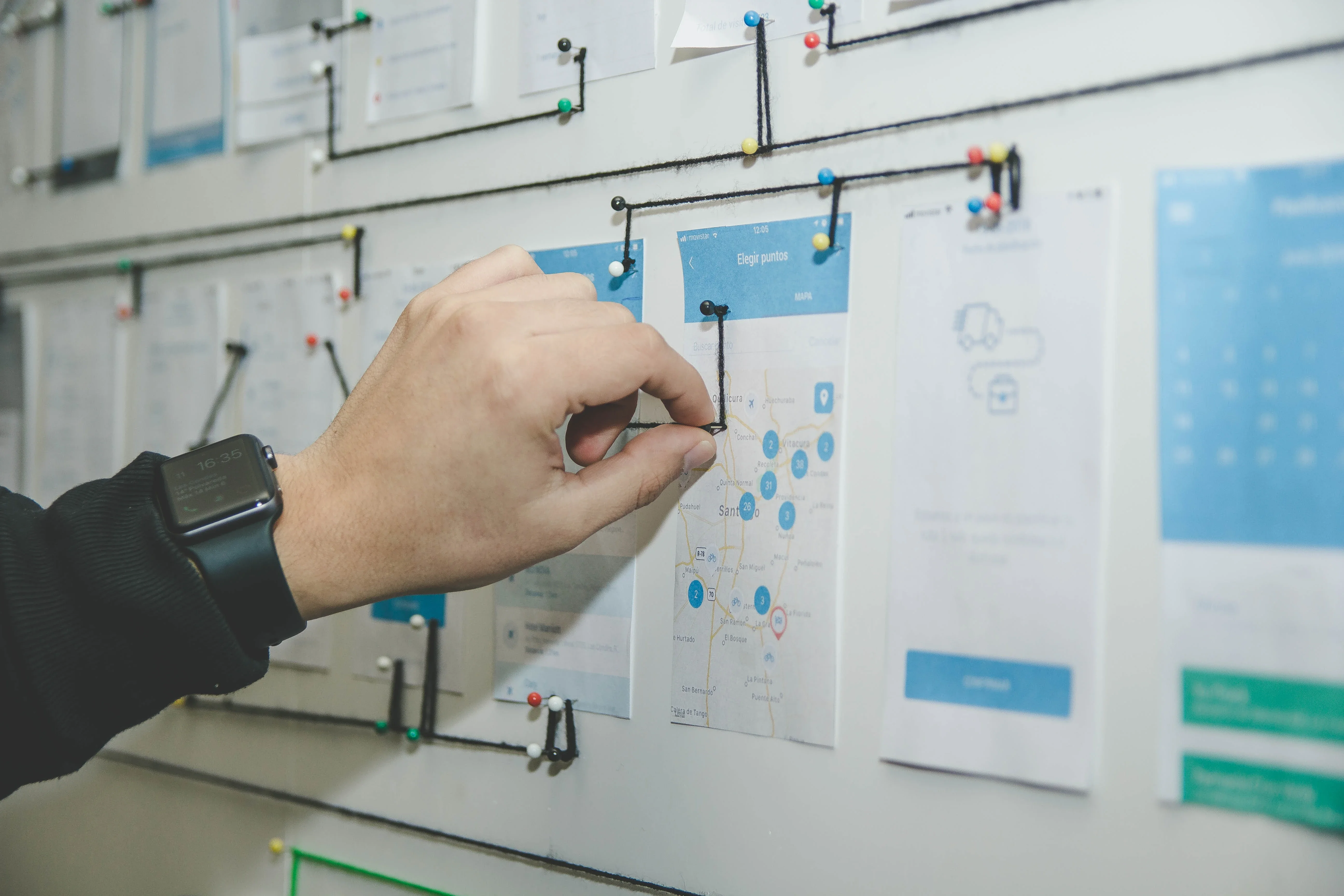The 7 factors that influence the user experience

It is true that UX began as a usability discipline. However, UX has grown to encompass more than just usability. And it's important to pay attention to all facets of user experience in order to bring successful products to market.
According to Peter Morville, a pioneer in the UX field who has written several best-selling books and advises many companies on UX, there are seven factors that describe user experience:
- Useful
- Usable
- Findable
- Credible
- Desirable
- Accessible
- Valuable
Let's take a look at the individual factors and what they mean for the overall user experience:
Useful
If a product is not useful to someone, why would you want to put it on the market? If it has no purpose, it is unlikely to gain attention in a market full of purposeful and useful products. It is important to note that 'useful' is in the eye of the beholder and things can be considered 'useful' if they provide non-practical benefits such as fun or aesthetic appeal.
Thus, a computer game or sculpture may be considered useful even if it does not enable a user to achieve a goal that others may consider useful.
Usable
Usability is about enabling users to achieve their goal effectively and efficiently with a product or application. A computer game that requires 3 sets of controlserpads is probably not usable because people - at least for now - only have 2 hands.
Products can be successful if they are not usable. But this is unlikely. Poor usability is often associated with the first generation of a product - think of the first MP3 players that lost their market share to the more usable iPod when it was launched. The iPod wasn't the first MP3 player - but it was the first truly usable MP3 player.
Findable
Findable refers to the idea that the product must be easy to find. So in the case of digital and information, the easy to find content. If you can't find a product, you won't buy it, and that goes for all potential users of that product.
If you picked up a newspaper and all the stories in it were randomly assigned (instead of being categorized into sections such as sports, entertainment, business, etc.) then you would probably find reading the newspaper very frustrating. Traceability is critical to the user experience of many products.
Credible
Randall Terry said: "Fool me once, you should be ashamed. Fool me twice, I should be ashamed." Today's users won't give you a second chance to fool them - there are many ways to choose a credible product provider in almost any field.
Credibility refers to the user's ability to trust the product you provide. Not just that it does the job it is supposed to do. But that it lasts for a reasonable amount of time or that the information it provides is accurate and fit for purpose.
It's almost impossible to deliver a user experience if the user thinks the product developer is a liar, a clown with bad intentions. They'll take their business elsewhere instead.
Desirable
Skoda and Porsche make cars. Some of them are useful, usable, findable, accessible, credible and valuable. But Porsche is much more desirable than Skoda. That's not to say that Skoda is undesirable, or that they don't sell a lot of cars. But if you have the choice of getting a new Porsche or a Skoda for free - most people will choose the Porsche.
Desirability is conveyed in design through branding, image, identity, aesthetics and emotional design. The more desirable a product is - the more likely it is that the user who owns it will be proud of it and create desire in other users.
Accessible
Unfortunately, accessibility is often lost in the creation of user experiences. Accessibility is about providing an experience that can be accessed by users with a range of abilities - this includes people who have some form of disability, such as hearing loss, visual impairment, mobility impairment or learning disability.
Accessibility is often perceived by businesses as a waste of money because people with disabilities only make up a small proportion of the population. In fact, at least 19% of people in Germany have a disability. And it is likely that this figure is higher in less developed countries.
That's one in five people who may not be able to use it if it's not accessible - or 20% of your total market!
Also bear in mind that when you're developing for accessibility, you'll often find that you're creating products that are easier to use, not just for people with disabilities. That's why you shouldn't neglect accessibility when it comes to user experience.
After all, accessibility design is a legal requirement in many jurisdictions, including the EU, and failure to do so can result in fines. Unfortunately, this obligationerpis not enforced as often as it should be.
Valuable
After all, the product must deliver value. It must add value to the company that makes it and to the user who buys or uses it. Without value, it is likely that the initial success of a product will ultimately be undermined.
Designers should bear in mind that value is one of the main influences on purchasing decisions: a €100 product that solves a €10,000 problem is likely to be successful. A 10,000 euro product that solves a 100 euro problem is much less so.
Conclusion
The success of a product depends on more than just utility and usability. Products that are usable, useful, findable, accessible, credible, valuable and desirable are likely to be more successful in the marketplace.



